Day 44 - A Rural Temple In Ebino, And Staying In A Wholesome Farmhouse, The Kyushu 108 Temple Pilgrimage, Japan
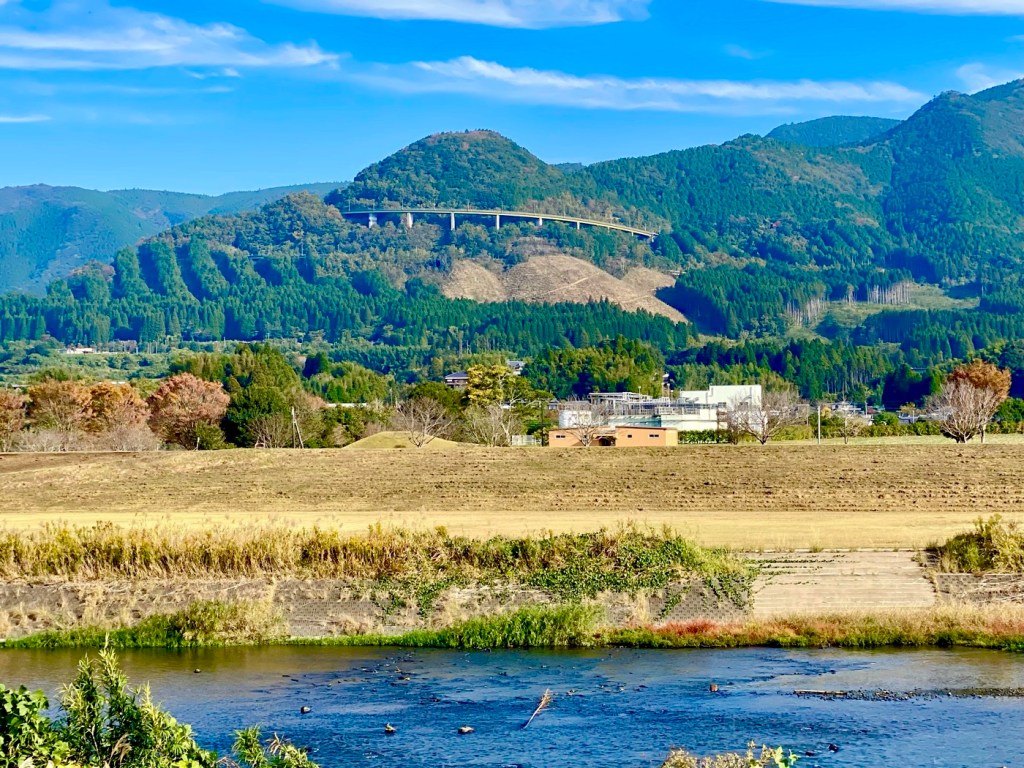
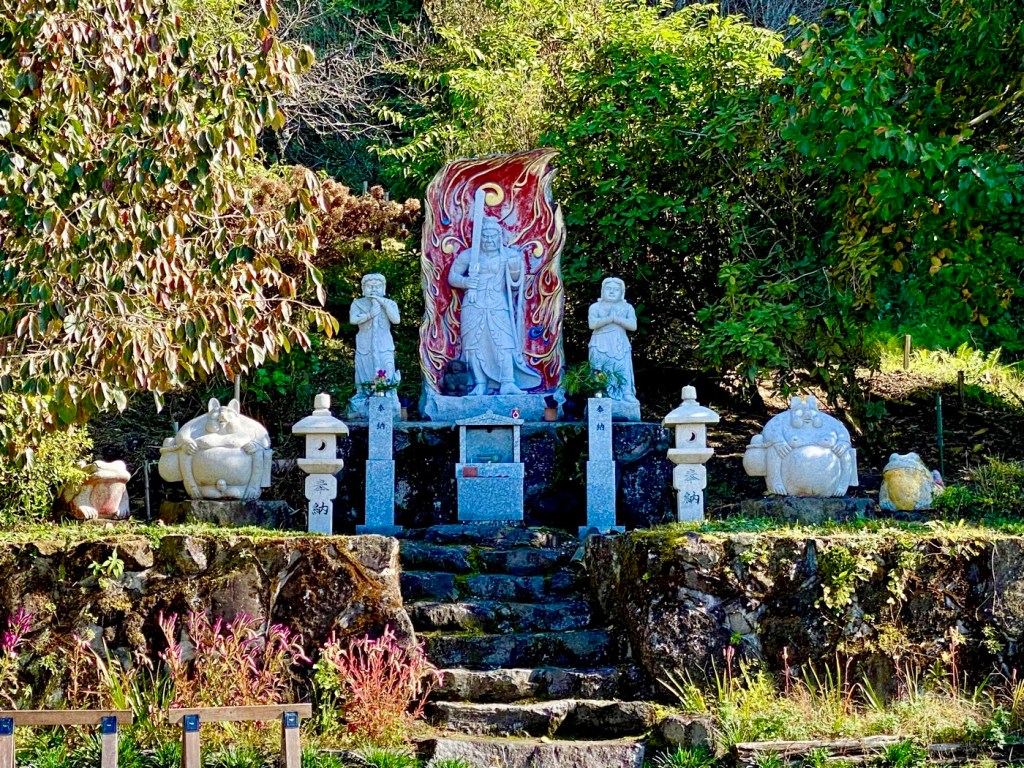

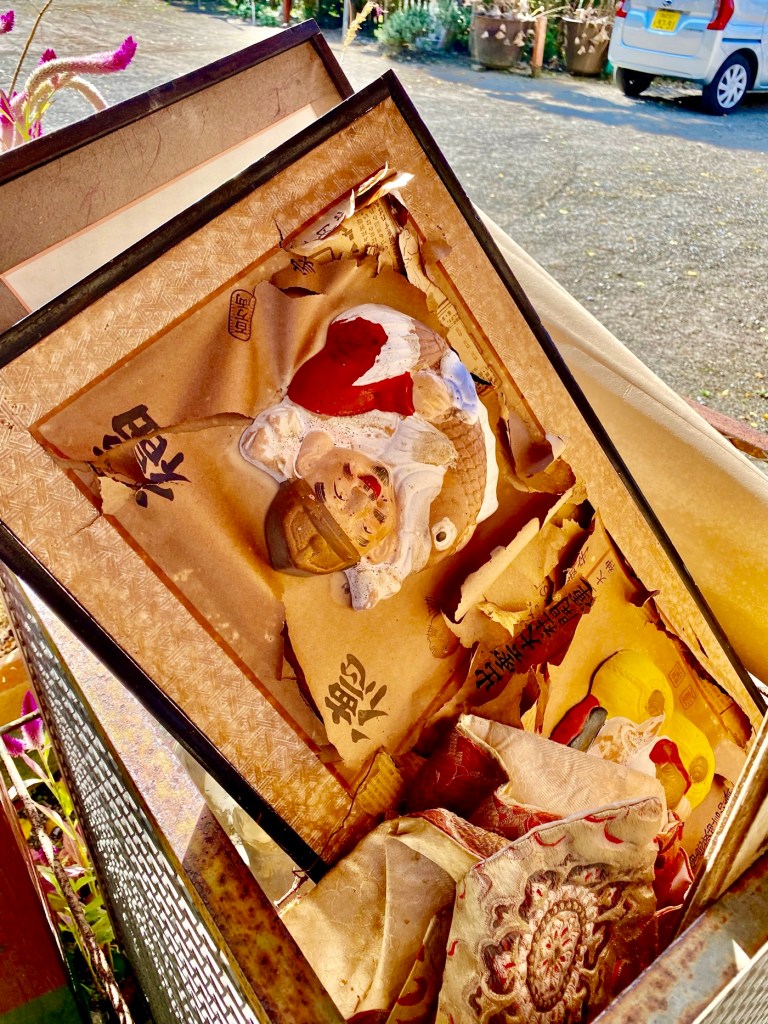
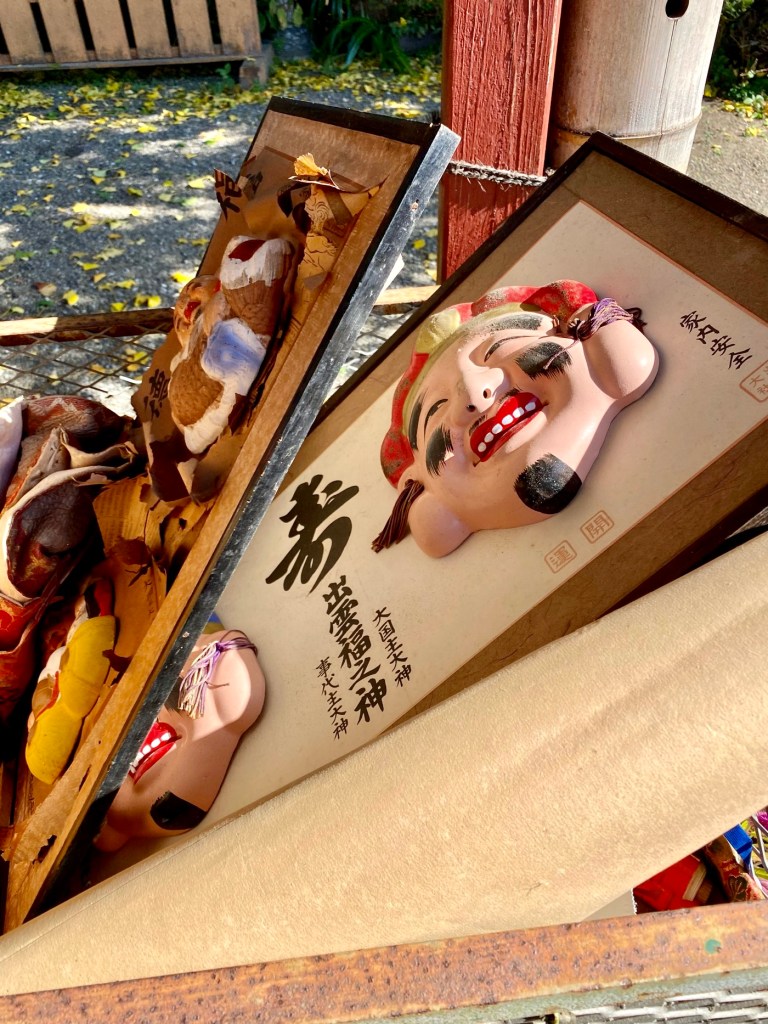
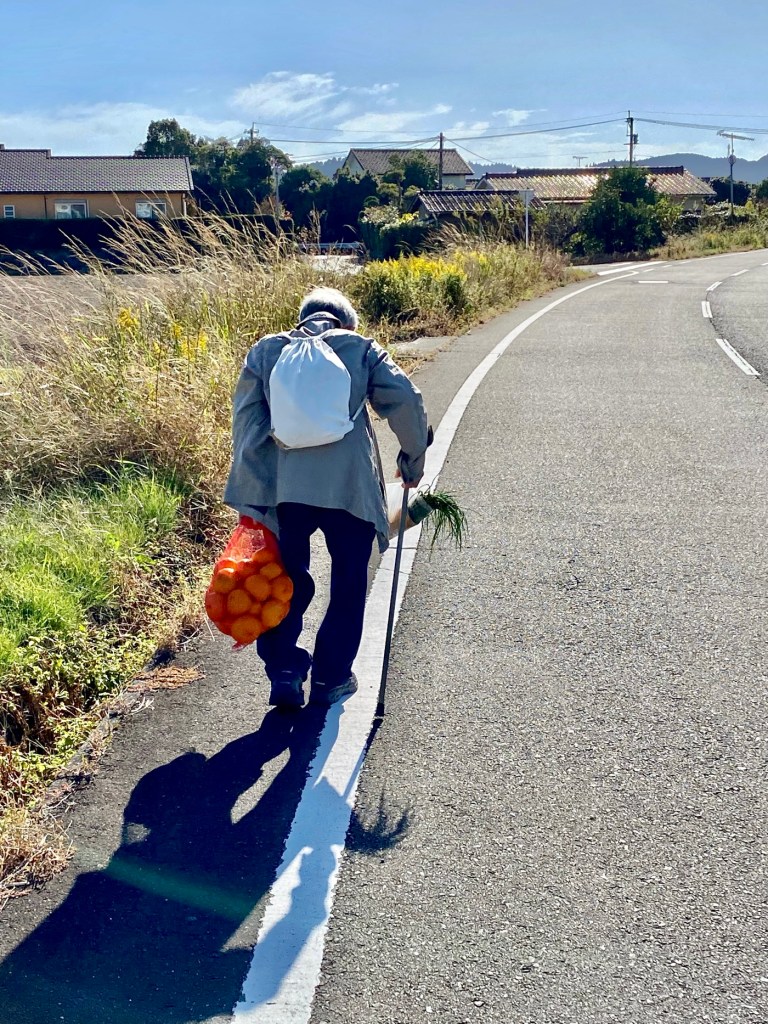
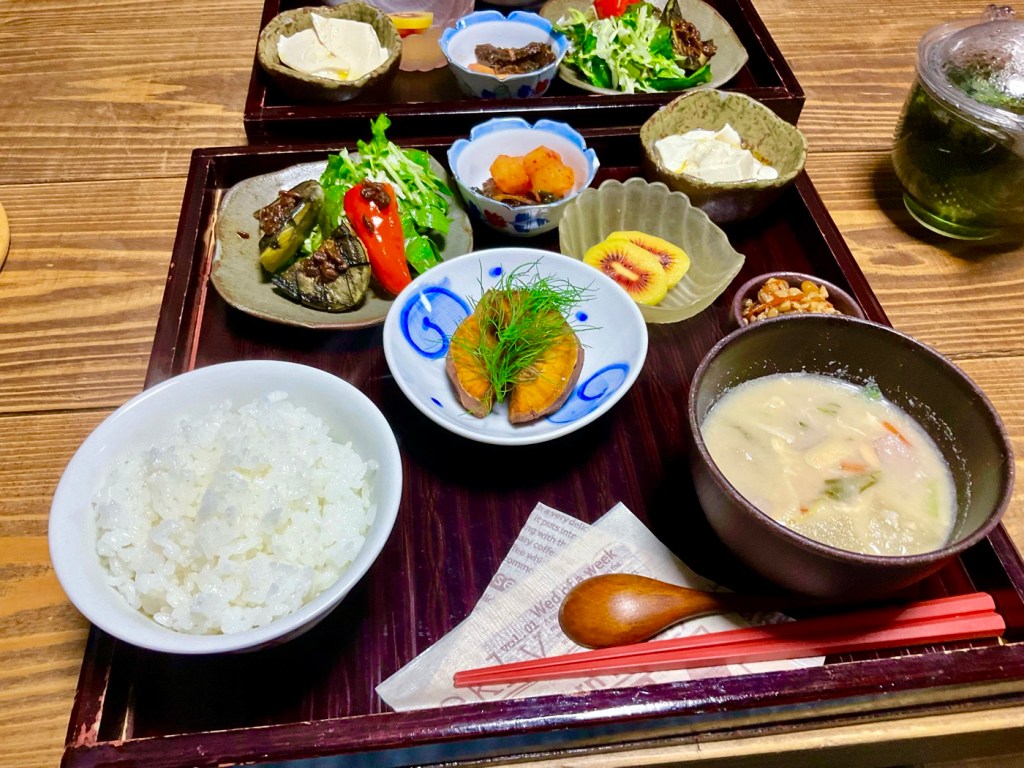
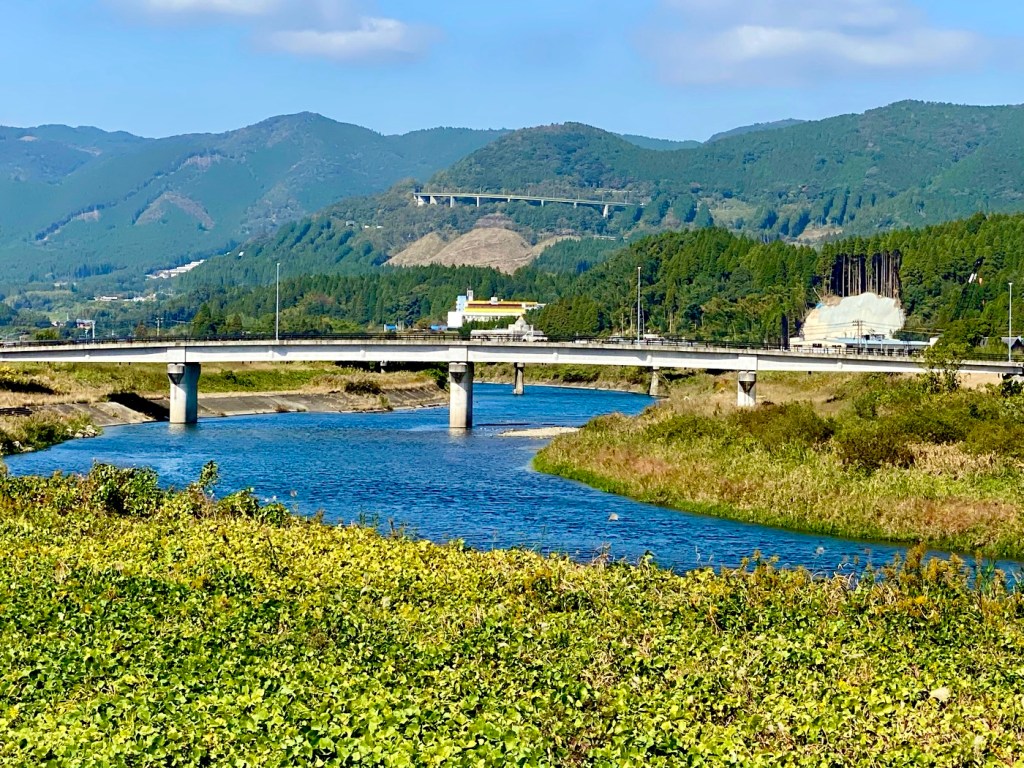
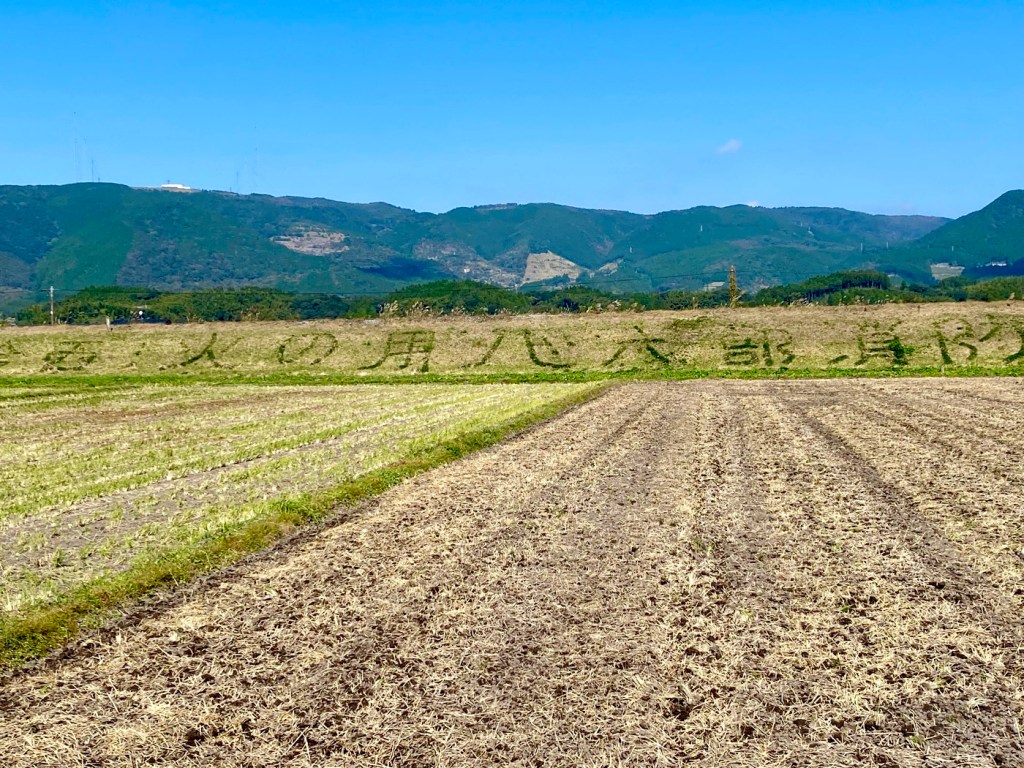



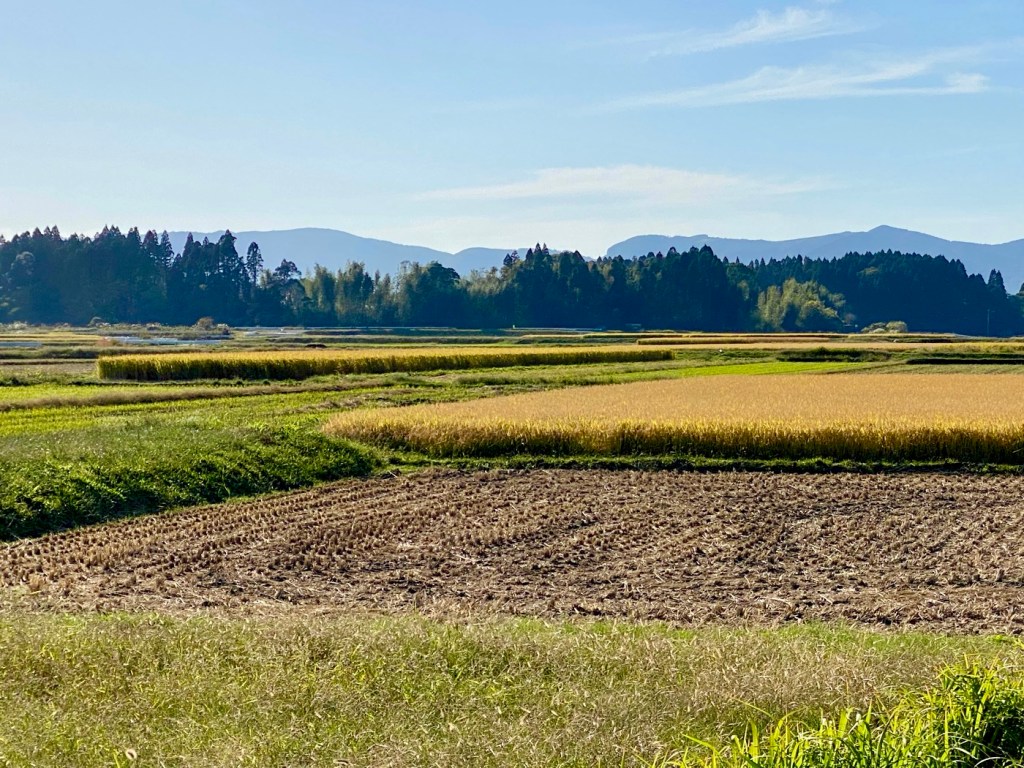


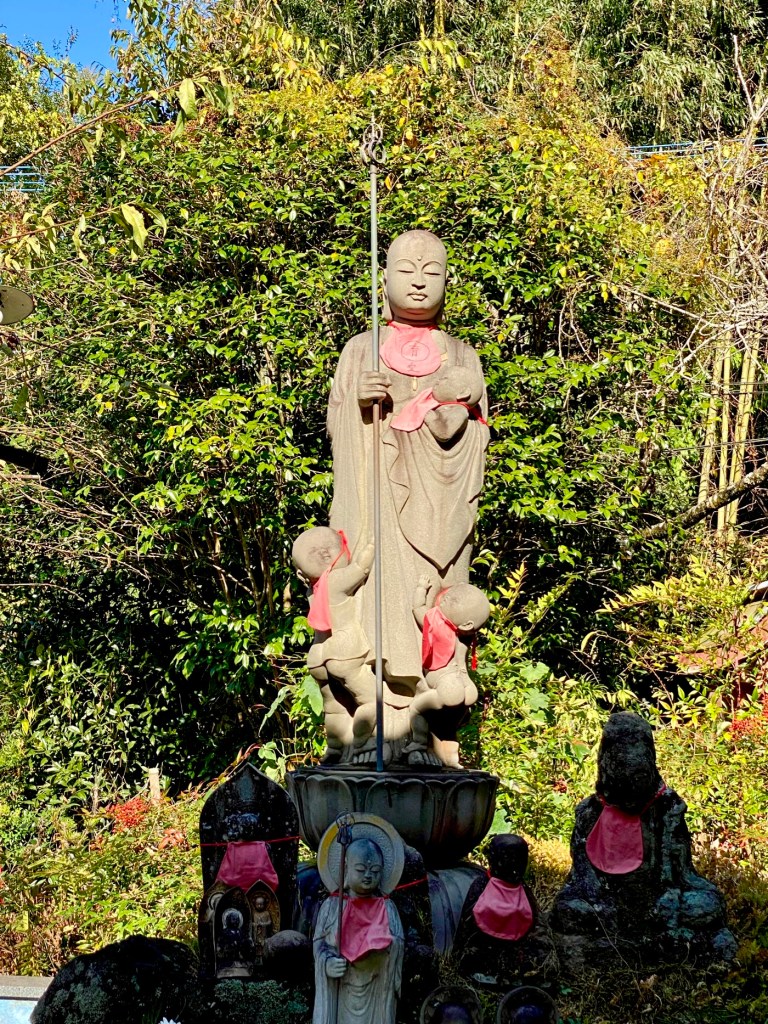


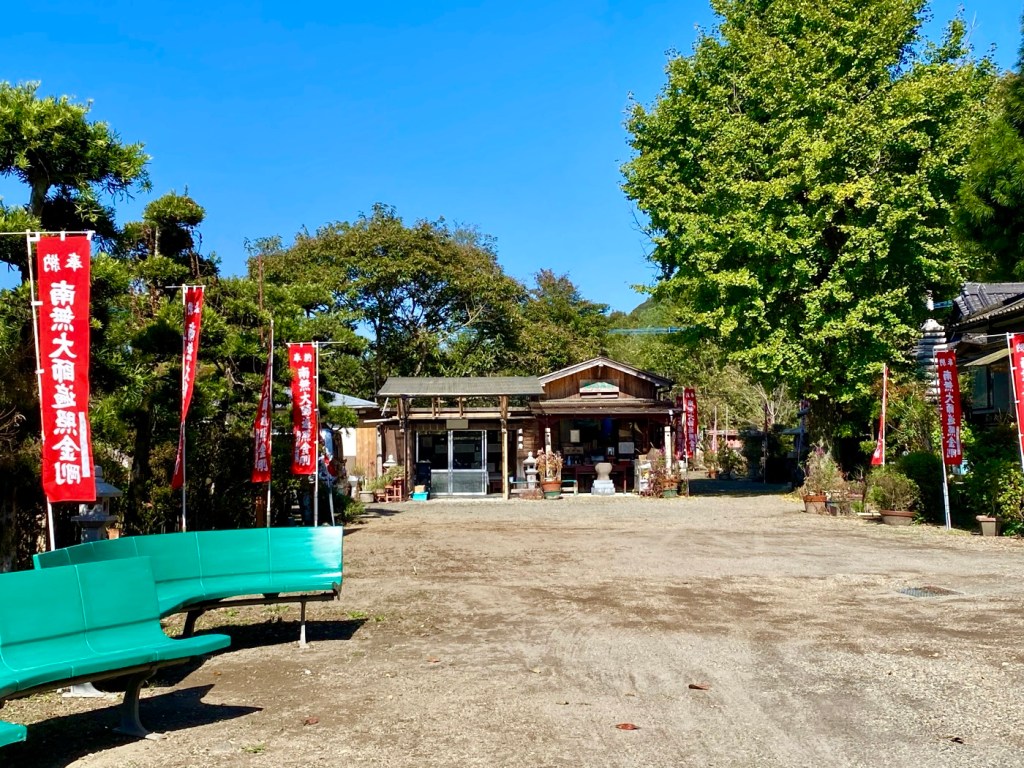


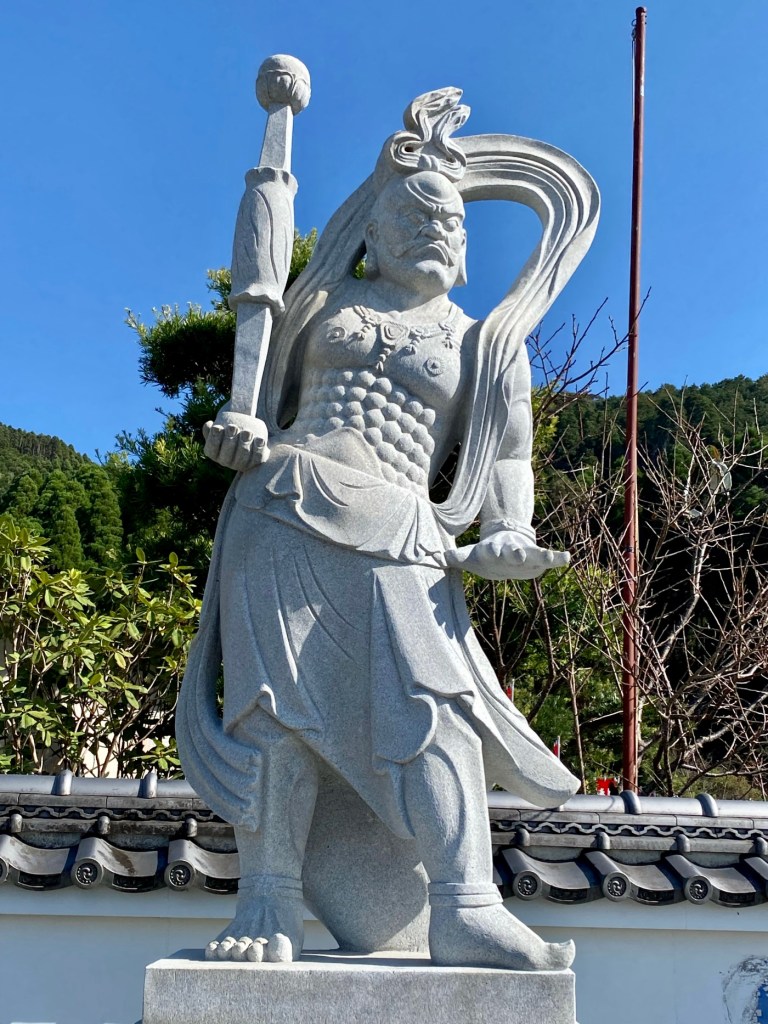
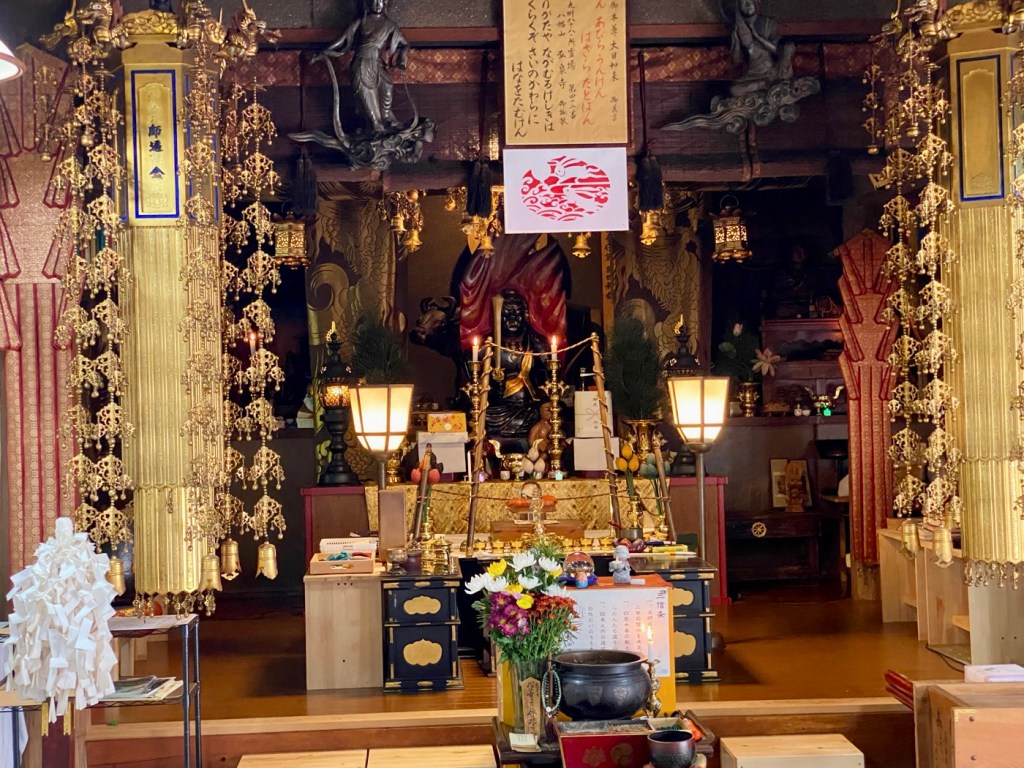
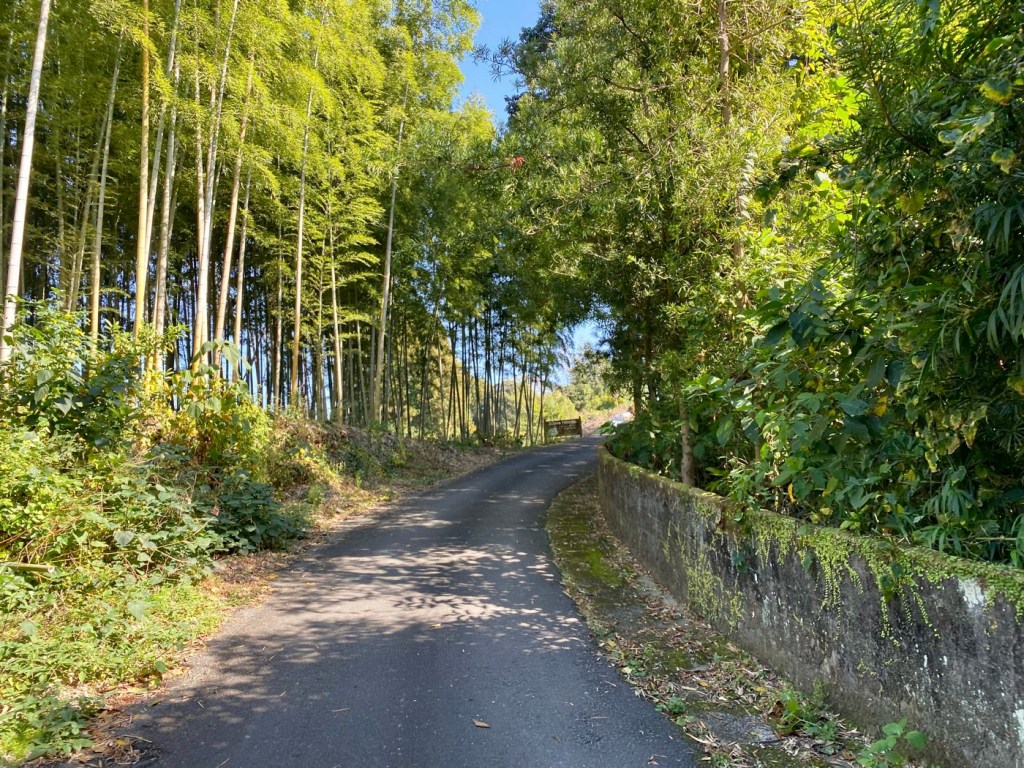
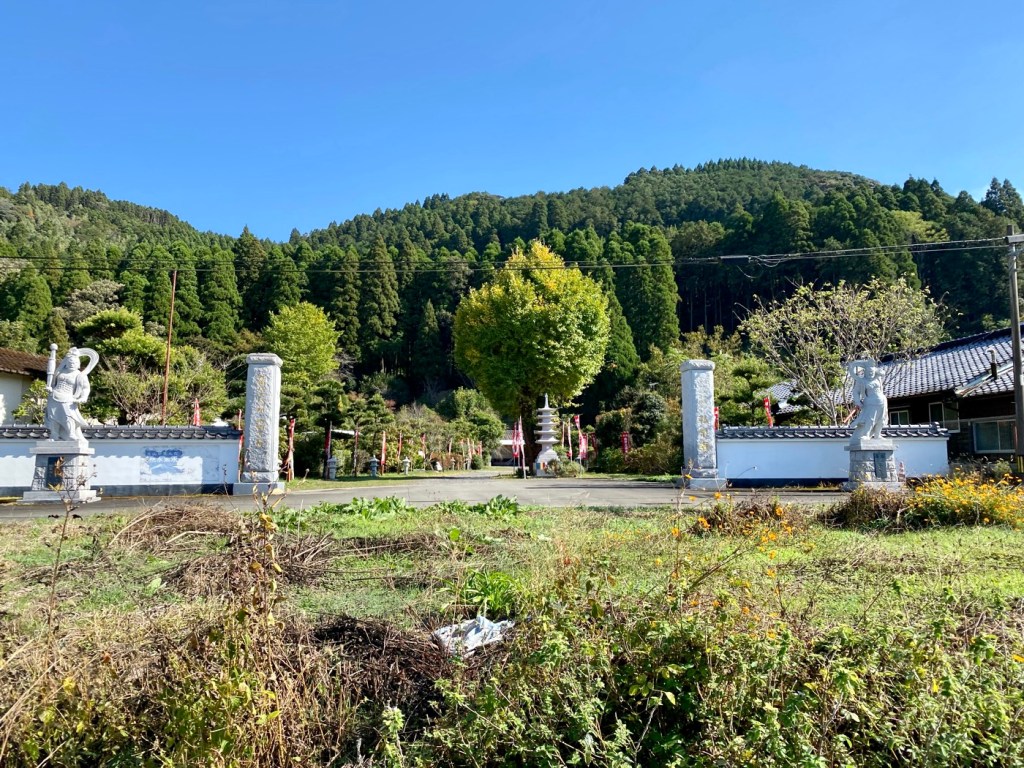
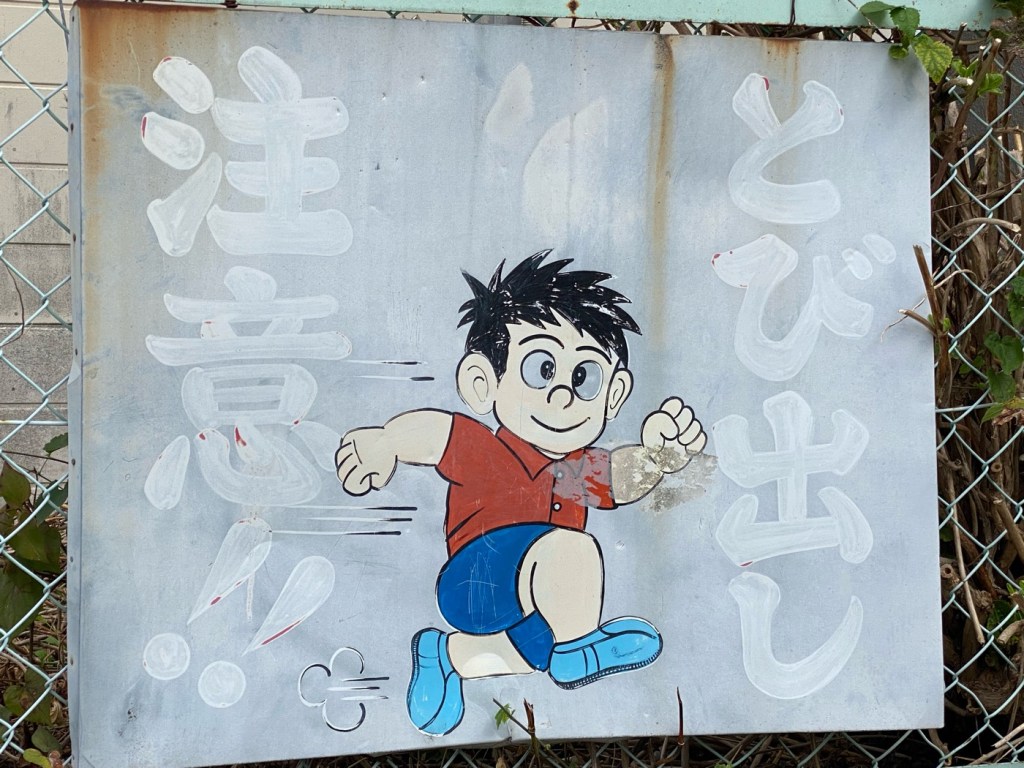
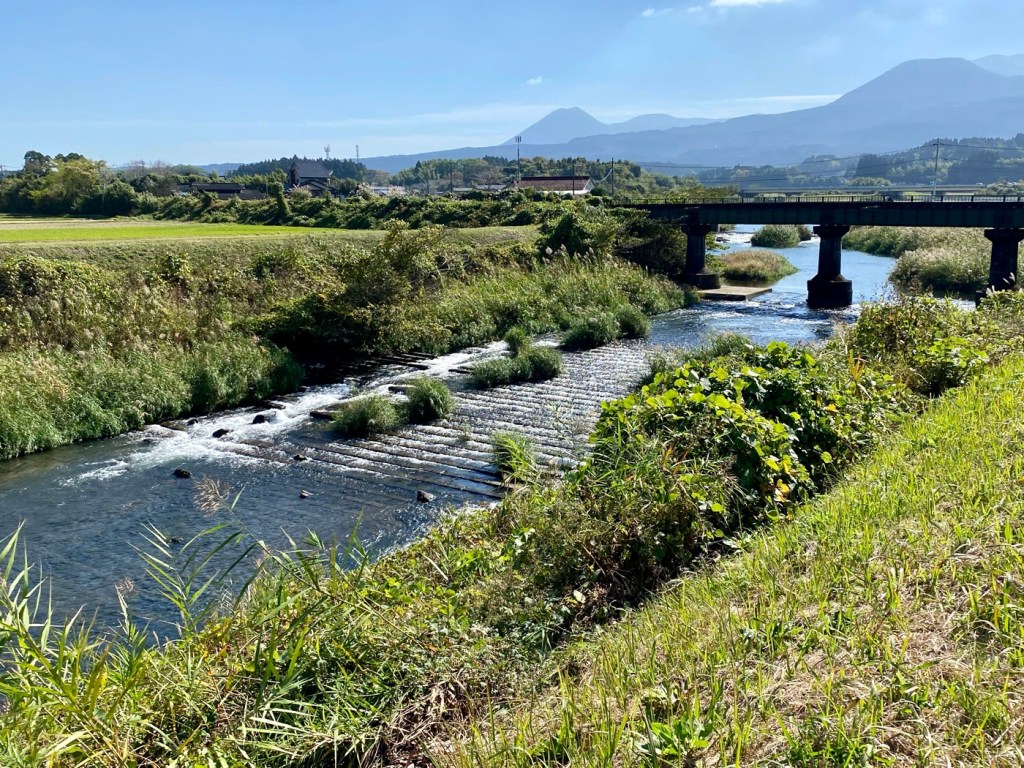



Day 44 - A Rural Temple In Ebino, And Staying In A Wholesome Farmhouse, The Kyushu 108 Temple Pilgrimage, Japan
The view from our room in Hitoyoshi is of the Kuma River and the Hitoyoshi Castle Ruins.
The Sagara clan ruled Hitoyoshi Kuma for 700 years.
The reason for the longevity of the Sagara dynasty is because it allied itself with the ever-changing chief Samurai Kings.
The castle was built along the Kuma River, and construction began in the 15th century.
The castle was destroyed several times by fire and was rebuilt each time, only to be destroyed again due to political changes.
Today only ruins remain, although a few turrets, a gate and earthen wall reproductions have been newly reconstructed.
Between the town of Hitoyoshi and the town of Ebino there is a tall and vast mountain range.
There are no trains climbing up this mountain range, because it is too high and even has some volcanic peaks in it.
There is a highway, which we were not allowed to walk on, of course, that cuts through the tall mountains via a series of tunnels.
Otherwise, there are no valleys or mountain passes to walk through.
The only road we were allowed to walk on was a car road with no sidewalks.
It was not the highway, but it did have very long tunnels with no sidewalks, and fast moving vehicles all along the way.
It is also a road that has a series of mountain passes with some swirling floating bridges, that have heavy truck traffic, all trying to avoid paying the highway tolls.
We thought about it, talked about it, and decided that our safety was more important than walking any pilgrimage.
We still needed to get to Ebino, which is where we have a temple to visit, and we needed to keep walking southwest from there, towards our next temples.
So we decided to take the bus.
We got up early and checked out of our hotel. We couldn’t find any place to eat breakfast, and even considered eating something in a fast food restaurant, but even they don’t open until 10 in the morning, so we walked to the interchange to get a bus to Ebino.
Google Maps showed that there was a cafe near the Ebino interchange, and I was sure we could find something to eat there.
When we got to Ebino, there was a farmers market near the bus stop. They had a great selection of fruit and vegetables and we bought some bento boxes to eat for lunch, but we couldn’t find the cafe.
Finally we spotted two shipping containers that were converted into a cafe.
It was run by two sweet young women.
They made us lattes and plain hot nan bread, since the curry the bread normally came with had meat in it.
They also had comfortable seating and some Mont-Bell products.
Mont-Bell is a Japanese company that sells outdoor gear and clothing.
We have bought most of our outdoor stuff including our backpacks from them.
We bought a pair of socks each, because our socks are getting old and thin, so we thought to upgrade them before we get holes in them.
After eating our simple breakfast, we asked the girls if they would be willing to keep our heavy backpacks, while we walk to temple #42, and promised that we will be back to pick them up way before they close the shop.
Luckily, they agreed, and we handed them the heavy backpacks to take to their office.
We put in our day packs the scroll, book and the bento boxes we had just bought for lunch on the road.
This area is very rural, with no hotels, almost no restaurants and very little retail.
There are large fields with many irrigation canals and a very long river.
We will be staying in a farmhouse for the two nights we need to stay in the area, to visit the temple and to cover half of the walk to our next destination.
That morning when we packed our backpacks, I noticed that I had lost my knife.
I always carry a knife with me on pilgrimages, which I use for peeling or cutting fruit.
I loved my knife, which I had bought on a trip to Seattle, because it was extremely light, had a blade cover, and was made of stainless steel, which didn’t need sharpening ever.
I accepted the loss, adding it to a series of many things I had lost in life that I valued or loved.
The first and only store that we passed today on our walk through the rice fields was an old kitchen supply store, selling among other things, small and very light peeling knives.
The knife was handmade with a steel blade and had a very light wooden handle and a wooden cover.
But perhaps my biggest surprise, was that it cost only $1.50.
Perhaps it was made by an old local craftsman, who was just happy to sell his craft, knowing that there was no market for expensive things in this area, so he had priced his knives at this low selling price.
Happy to have a knife again, we continued walking.
The area was very picturesque, and we could even see a castle in the distance.
Later, Jules found out that this castle in Ebino was not an ancient castle, but a private project of one local man, who now lives in Osaka.
He built this castle over decades and at the cost of Billions of Yen, and construction of the garden was still going on.
Before we left the cafe this morning, I told the girls in the cafe that we would return by three thirty in the afternoon.
But then we stayed talking to them about our options of how to walk and return by train in the next few days, so that we lost more than half an hour of walking time.
At this point, it looked like we would not be able to get to the temple, complete our visit and get to the bus that would take us back to the cafe in time.
There were no other options like a train running, and only one bus, which it looked like we were most definitely going to miss.
But then we remembered that we are runners, and that covering five kilometers can take us only about thirty minutes if we ran.
So we ran.
We ran through the rice fields, until we saw the temple in the distance, then we ran some more.
Temple #42, Hachiman-yama Kosenji, is located at the foot of Mount Hachiman.
Hachimanyama is known as a famous spot for flower viewing, with 650 cherry trees which bloom every spring.
From the observatory, you can see the Kirishima mountain range and the town of Ebino.
Hachiman-yama Kosenji temple was first founded in 1923 on the top of Mt. Hachiman, facing the Kirishima mountain range.
It moved to its current location in 1926 and was renamed Koyasan Shingon Sect Kosen-ji Temple.
A Dainichi Nyorai Buddha is the principal image of worship in the temple.
It is a Cosmic, All-Encompassing Buddha, who represents the Life Force Illuminating the Universe.
It is a very rare figure in Japan, because it is depicted sitting on a cow.
It is a beautiful rural temple with lots of statues and stone pagoda.
A nice priestess opened the door and stamped our book, while we chanted the Heart Sutra.
She complemented our Hanya Shingyo chanting and gave us bags full of snacks to take with us.
We quickly stuffed everything into our day packs, and ran back to catch the bus to the cafe.
We made it to the bus stop with fifteen minutes to spare.
At the cafe, we were welcomed warmly by the two ladies.
We collected our backpacks and thanked them.
While we were walking, the two ladies had done a lot of research on my behalf.
Now they handed me an elaborate printed plan, for the multi bus and train schedule options that we would have on our departure date.
They highlighted the best options and printed maps for walking and the exact distances we would have to walk.
I was so touched by their concern and care towards us.
From there, we walked to the farm house, our home for the next two nights.
Before we got there, Jules mentioned that it might be quite a shock, to go from the most luxurious onsen hotel on our pilgrimage thus far, where we slept for the past two nights, to a humble farmhouse.
The farmhouse is also a cafe, serving lunches, and it has only one room for guests.
It was a big room that was divided into two, one area with a dining table and chairs, and the other, where the futons are laid on the tatami mats.
The lady owner lives in the house, and shares the same bathroom.
A very lovely lady welcomed us in.
She gave us a Shiso Perilla leaf lemonade which she makes from her garden.
At first, she used Google translate on her phone to communicate with us, but soon realized that we spoke enough Japanese to communicate the basics.
The first thing we did, was to explain that our backpacks were too heavy and that we wanted to send half of the contents in our backpacks ahead.
She called the hotel we will be staying at in about a week, and got permission to send our luggage there to be held for us.
We then unpacked everything and cut our belongings to the bare minimum we thought we might need for the next week.
We packed two thirds of our backpacks, including all the warm clothes and rain gear we didn’t even have a chance to use until now, even though we have been carrying them for a month and a half, nearly half of our pilgrimage.
We packed away toiletry items, extra loose tea, winter hats, gloves, rain pants, jackets, vests and left ourselves only two sets of clothes, one to wear and an extra set in case we do not have access to a laundry machine.
Then we used her laundry machine to wash our clothes, because the luxury Ryokan we stayed at in Hitoyoshi, had no coin laundry.
We asked her to borrow some sweatpants while we did our laundry, because her farmhouse didn’t provide us with Yukatas or Jinbei (Japanese pajamas), like most hotels do.
Then we showered and sat for dinner, which she cooked for us from vegetables she grew organically in her garden.
It was not a big meal, but the vegetarian meal she made us, was so well balanced and so delicious, that we only wished we could get more of these kinds of meals along the way.
The futons were soft and comfortable and we slept feeling like we were in the house of a warm, motherly and wholesome woman.
With love and warmth,
Tali
Stats: 22,857 steps
Today’s walk: 17 km
Kilometers walked to date: 735
Temples visited:
Temple #42 Hachimanyama Kosenji